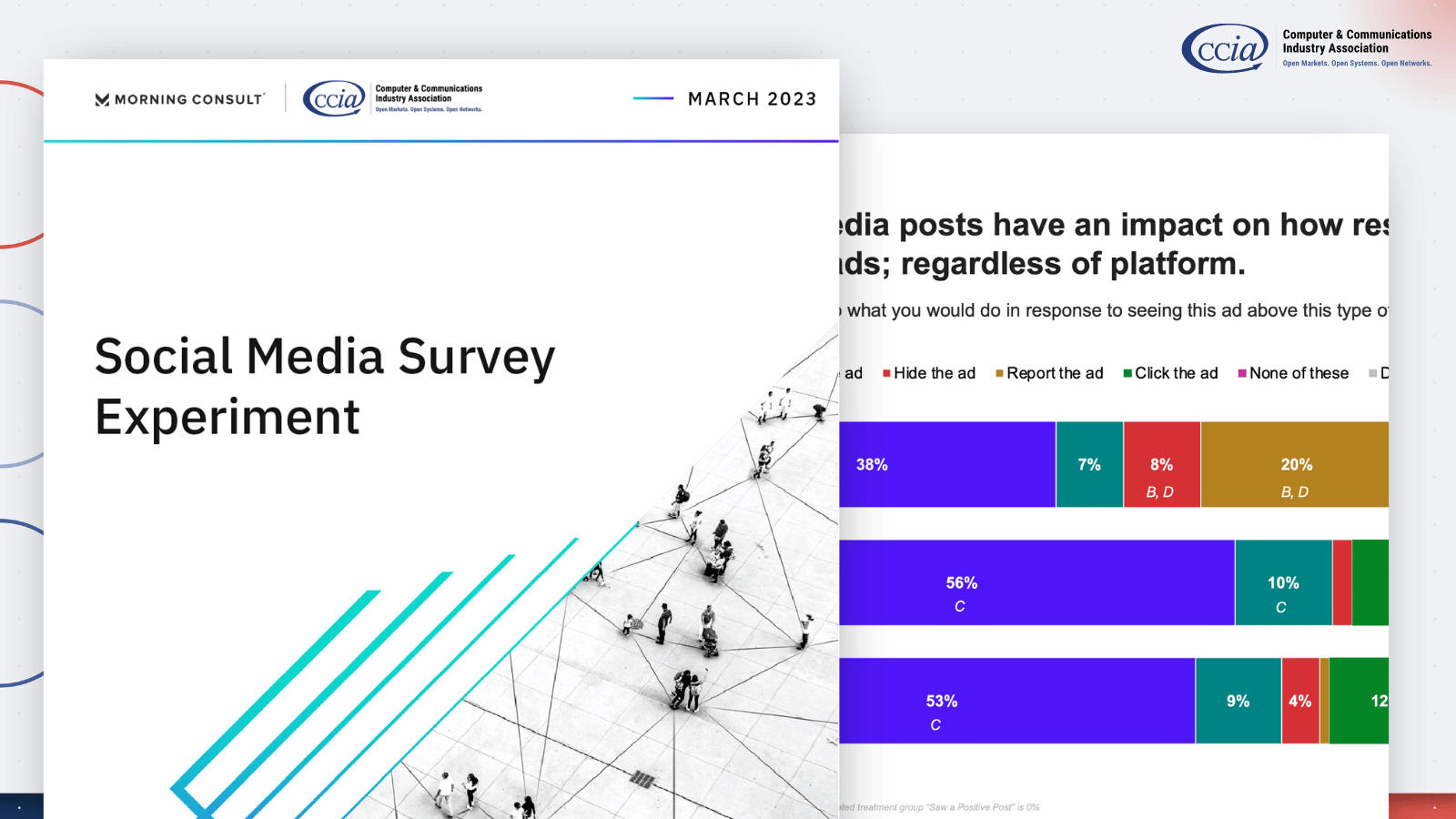DIY with VHX like CK: Displacing the Intermediaries
Making a movie is expensive. In order to recoup costs, and ideally to be profitable enough to continue to make movies, standard practice is to have multiple release windows, across platforms and technologies, in different markets and countries. For instance, a movie typically premieres in domestic theaters, will later premiere On Demand, be released as physical copies on DVD and Blu-ray, and via online services like Netflix or iTunes, then broadcast on pay-for premium cable television, until finally being available to network and basic cable television. There are also other rounds of premieres across the globe in foreign movie theaters and regionally licensed services. Before content went digital, this system was easily controlled and reliably profitable.
The traditional distribution progression described above could be on the verge of obsolescence, as innovative new technologies emerge for creating, sharing, and storing digital media. People now consume content across different devices, and unfortunately (yet understandably) digital copies tend to leak. However, Hollywood continues to cling to its outdated business model. By doing so, they fail to provide content for sale, leaving no lawful alternative to “piracy,” and are leaving money on the table, plain and simple. The New York Times’s David Pogue recently had a great series of articles on this in Scientific American: “How Hollywood Is Encouraging Online Piracy” and the follow-up “5 Ways Hollywood Can Stop Digging Its Own Grave.”
Fortunately, the traditional distribution streams are no longer the only option. I covered several (Humble Bundle, Moontoast, NoiseTrade, Gumroad) in my post from August on options for musicians. One option for filmmakers is VHX, which is a direct-to-fan film distribution platform, in addition to being a community for discovering and sharing video. Films can be streamed directly and downloaded for watching later. These downloads never expire, which is a contrast to other platforms which traditionally have arbitrarily short rental windows. Additionally, they can be viewed on any device, including mobile and video game devices, in any country, DRM-free. Payment is enabled using online payment providers like PayPal or Amazon. Aziz Ansari is one forward-thinking artist who adopted VHX for his recent stand-up special “Dangerously Delicious.” Independent documentary “Indie Game: The Movie” also used VHX. Despite these recent high-profile cases, features so easily enabled with the Internet—instantaneous, low-cost transmission—remain the exception rather than the standard for video distribution.
Ansari was inspired by Louis CK, who famously made more than a million dollars in the first twelve days of his comedy special’s release. Louis CK invested his own money to film the special and then sold it online DRM-free for five dollars. Ansari went with the same pricing structure, which is not a bad thing, but as Techdirt pointed out:
The one thing that concerns me a little about this is the fact that the deal terms are identical. I can understand why they’re doing this. It’s basically “don’t mess with what worked for Louis.” But I worry that the message people are getting is “$5 direct offering off a website is the secret.” . . . I think it would be even cooler if some of these comedians experimented a bit more with branching out creatively around this business model. . . . The real opportunity here is in how it’s presented — in a way that treats fans as fans, rather than assuming they’re criminals or that there needs to be a big impersonal gatekeeper in-between the fans and the artist.
Overall, however, I’m really excited to see more content creators going direct, cutting out gatekeepers, and recognizing that treating fans well is a good start to any smart business model.
It will be interesting to see how these successes draw more to adopt non-traditional distribution methods, and ideally how the traditional distributors adapt their business models in response to disruptive competition.
At the end of Ansari’s free promo video, the screen flashes: “Don’t steal it please. Thanks.” Similarly, Louis CK’s disclaimer on the website to purchase the show addresses “torrenting”:
Look, I don’t really get the whole “torrent” thing. I don’t know enough about it to judge either way. But I’d just like you to consider this: I made these files extremely easy to use against well-informed advice. I was told that it would be easier to torrent the way I made it, but I chose to do it this way anyway, because I want it to be easy for people to watch and enjoy this video in any way they want without “corporate” restrictions.
Please bear in mind that I am not a company or a corporation. I’m just some guy. I paid for the production and posting of this video with my own money. I would like to be able to post more material to the fans in this way, which makes it cheaper for the buyer and more pleasant for me. So, please help me keep this being a good idea. I can’t stop you from torrenting; all I can do is politely ask you to pay your five little dollars, enjoy the show, and let other people find it in the same way.
And given his profits, it seems that this reasonable plea worked. People will pay creators that they like when it is affordable and convenient. It really is that simple.
Now, this has been a very high-level overview. Intermediaries like distributors do more than just disseminate movies. They are involved in promotion and publicity of new projects from established artists, and also in discovery of new artists. Yet the Internet has successfully removed barriers to these roles as well, enabling and enhancing discovery even as unnecessary legacy gatekeepers are threatened. Patton Oswalt recently had a great bit about this, featured on Techdirt.
What Louis CK did, and what VHX is now starting to offer, is what distributing content on the Internet can be (and should be) in 2012. This avenue for sharing and selling content has the potential to disrupt the existing channels, as adoption grows. They’re providing an alternative option with less frills, for less costs. As VHX’s Jamie Wilkinson put it in a recent GigaOM piece about VHX: “Whatever a traditional distributor does, we want to do exactly the opposite.” Spoken like a true disruptor.








